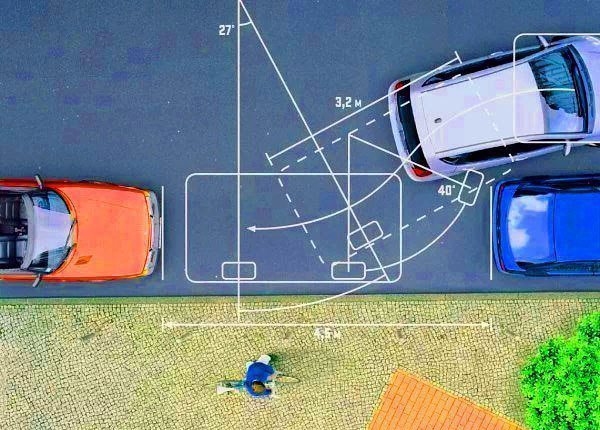

Despite being one of the most dreaded driving maneuvers, parallel parking can be surprisingly easy – when you know how it works. There is no denying that parallel parking is harder than both angle parking and perpendicular parking, though like all things, it can be mastered with practice.
Don’t be one of those drivers who would sooner waste an hour searching for a space than attempt to parallel park. Use the guidance outlined here and you can be a parallel parking pro! Most state driving handbooks do not explain parallel parking in detail, so we have broken down the maneuver into an easy-to-follow, step-by-step guide.
Keep in mind that the instructions provided here are generally applicable. You may need to adjust reference points based on the size of your vehicle, how it handles and the specific parallel parking situation.
ALWAYS practice parallel parking in an empty parking lot before attempting it on the road between real vehicles. Cones or flags can be set up 25 feet apart to show where other cars would sit. When you can parallel park in an empty lot without hitting these markers, you are ready to try it for real.
You are bound to feel pretty excited having successfully parallel parked for the first time! If you are leaving your vehicle, be sure not to neglect proper protocol. Make sure the parking brake is active and exit the vehicle with care.
Our parallel parking tips can help you get to grips with parallel parking in the shortest possible time, while ensuring the experience stress-free.
Thankfully, pulling out of a parallel parking spot is much easier than getting in to start with. Though, it can still be a challenge. Follow these guidelines to drive out of a parallel parking spot: